How Often to Water Seedlings Indoors
Introduction
Watering seedlings indoors is a critical aspect of gardening that requires careful attention and balance. “How Often to Water Seedlings Indoors” addresses common pitfalls such as over-watering and under-watering, which can stunt growth, invite diseases, and ultimately kill young plants. This comprehensive guide will help you understand the nuances of watering seedlings indoors, ensuring your young plants grow healthy and strong.
Understanding Seedlings’ Water Needs
The Importance of Water
Water is essential for seedlings because it is involved in nearly every aspect of plant growth. It helps in nutrient uptake, photosynthesis, and maintaining cell structure. For seedlings, proper hydration is crucial for root development and the establishment of a strong foundation. Without adequate water, seedlings may fail to establish themselves and could ultimately die.
Factors Influencing Watering Frequency
Several factors influence how often you should water your indoor seedlings:
- Type of Seedling: Different plants have varying water needs. For example, succulents require less frequent watering compared to herbs or vegetables. It’s important to research the specific needs of each plant type you are growing to ensure they receive the appropriate amount of water.
- Soil Type: The type of soil used affects water retention. Well-draining soils dry out faster, while soils rich in organic matter retain moisture longer. Soilless mixes, commonly used for seedlings, can have different water retention properties compared to traditional soil.
- Container Size and Type: Smaller containers dry out more quickly than larger ones. Additionally, containers with good drainage help prevent waterlogging. The material of the container also plays a role; for instance, terracotta pots can wick moisture away from the soil, while plastic pots tend to retain more water.
- Humidity and Temperature: Higher temperatures and lower humidity levels increase water evaporation, necessitating more frequent watering. Indoor environments with heating or air conditioning can significantly alter the humidity levels, impacting how often you need to water.
- Stage of Growth: Newly sprouted seedlings have different water requirements than more established ones. As they grow, their needs will change. Younger seedlings are more delicate and may require more frequent attention to maintain optimal moisture levels.
How to Determine When to Water
Visual and Physical Indicators
- Soil Moisture: The most reliable way to determine if seedlings need water is by checking the soil moisture. Insert your finger about an inch into the soil. If it feels dry at this depth, it’s time to water. The surface of the soil may appear dry while still retaining moisture below the surface, making this test crucial.
- Leaf Condition: Wilting leaves can indicate a lack of water. However, it’s essential to differentiate between wilting due to underwatering and overwatering. Leaves that are yellowing or have brown tips may also signal water-related stress.
- Weight of the Container: Lift the container to gauge its weight. Dry soil is lighter than wet soil. With practice, you’ll be able to tell if the soil needs water based on the weight of the container. This method is particularly useful for those who are visually impaired or for environments with poor lighting.
Tools and Techniques
- Moisture Meters: These tools measure the moisture content of the soil and can provide a more accurate assessment than the finger test. They are particularly useful for beginners who are still developing their watering intuition.
- Self-Watering Systems: These systems can help maintain consistent moisture levels, reducing the risk of over- or under-watering. They are especially helpful for those who may not be able to water their plants daily due to busy schedules.
Best Practices for Watering Seedlings Indoors
Frequency and Amount
- Initial Watering: When you first plant the seeds, thoroughly water the soil to ensure it is evenly moist. This initial watering is crucial for activating the seeds and starting the germination process.
- Daily Monitoring: Check the soil moisture daily, especially in the early stages of growth. Depending on the factors mentioned earlier, you may need to water every 1-3 days. Consistency is key, as seedlings can be very sensitive to fluctuations in moisture.
- Watering Schedule: Establish a regular watering schedule, but remain flexible. Adjust based on the seedlings’ needs and environmental conditions. Over time, you’ll develop a better understanding of your plants’ specific requirements.
Watering Methods
- Bottom Watering: Place the containers in a tray filled with water. The soil will absorb water through the drainage holes. This method encourages deep root growth and reduces the risk of damping-off disease. It also helps prevent soil compaction and surface crusting, which can impede seedling growth.
- Top Watering: Water the soil gently with a watering can or a spray bottle. Avoid splashing water on the leaves to prevent fungal diseases. For delicate seedlings, using a fine mist can help prevent displacement of the soil or damage to the young plants.
Water Quality
- Temperature: Use room-temperature water to avoid shocking the seedlings. Cold water can slow down growth, while water that is too warm can promote fungal growth.
- Purity: If possible, use filtered or distilled water. Tap water may contain chlorine or other chemicals that can harm young plants. If using tap water, let it sit out for 24 hours to allow some of the chlorine to evaporate.
Preventing Over-Watering and Under-Watering
- Proper Drainage: Ensure your containers have adequate drainage holes. This prevents water from accumulating at the bottom, which can lead to root rot. Adding a layer of pebbles or gravel at the bottom of the pot can also improve drainage.
- Observation: Pay close attention to your seedlings. Each plant may have slightly different needs, and regular observation will help you adjust your watering routine accordingly. Keep a journal to track your watering habits and plant responses, which can help identify patterns and improve your gardening techniques.
Troubleshooting Common Watering Problems
Over-Watering
- Symptoms: Yellowing leaves, wilting despite moist soil, and a foul smell from the soil indicate over-watering. Root rot and fungal infections are common problems associated with over-watering.
- Solutions: Allow the soil to dry out before watering again. Improve drainage by adding perlite or sand to the soil mix. If root rot has set in, you may need to repot the seedlings in fresh soil and trim away any affected roots.
Under-Watering
- Symptoms: Wilting leaves, dry soil, and stunted growth are signs of under-watering. The leaves may become crispy or brittle if left without water for too long.
- Solutions: Increase the frequency of watering and ensure the soil is thoroughly moistened each time. Adding a humidity dome or placing a tray of water near the plants can help increase humidity levels, reducing water stress.
Damping-Off Disease
- Symptoms: Seedlings suddenly collapse and die due to fungal infection. This disease is often characterized by a soft, water-soaked stem near the soil line.
- Prevention: Use sterilized soil, avoid over-watering, and provide good air circulation. Fungicidal treatments can be applied as a preventative measure, but maintaining proper watering and hygiene practices is the best defense.
Special Considerations for Different Types of Seedlings
Vegetables
- Tomatoes: Require consistent moisture but avoid waterlogging. Water deeply but less frequently. Mulching can help retain moisture and keep the soil temperature stable.
- Peppers: Similar to tomatoes, they prefer evenly moist soil. Be cautious not to let the soil dry out completely between waterings.
- Leafy Greens: These need regular watering to prevent wilting. Keep the soil consistently moist but not soggy. Using a fine spray can help avoid damaging the delicate leaves.
Herbs
- Basil: Prefers moist soil but can suffer from root rot if over-watered. Ensure good drainage and avoid letting the soil dry out completely.
- Mint: Thrives in moist soil. Water frequently, but avoid waterlogging. Mint can be invasive, so consider planting it in a separate container to control its spread.
- Cilantro: Needs regular watering, especially during germination. Keep the soil evenly moist. Cilantro prefers cooler temperatures, so avoid placing it in overly warm environments.
Flowers
- Petunias: Require consistent moisture. Water when the top inch of soil feels dry. Deadheading spent blooms can encourage further flowering and reduce water demand.
- Marigolds: These are drought-tolerant once established but need regular watering during the seedling stage. They are also known for their pest-repellent properties, making them a good companion plant.
- Pansies: Keep the soil evenly moist. They are sensitive to drying out. Pansies prefer cooler temperatures and can struggle in the heat of summer.
Seasonal Adjustments
Spring and Summer
- Increased Watering: Higher temperatures and longer daylight hours increase evaporation, necessitating more frequent watering. Monitor your plants closely, as they may need water more than once a day during extreme heat.
- Monitoring: Check the soil moisture more frequently to adjust the watering schedule. Using mulch or shade cloth can help retain moisture and protect the seedlings from intense sunlight.
Fall and Winter
- Reduced Watering: Cooler temperatures and shorter days reduce evaporation and water needs. Be cautious not to over-water during this time, as slower growth rates mean less water uptake.
- Humidity: Indoor heating can lower humidity levels, so consider using a humidity tray or misting the plants to maintain adequate moisture levels. Grouping plants together can also create a microenvironment with higher humidity.
Advanced Techniques and Tips
Using Mulch
Applying a layer of organic mulch around the seedlings can help retain moisture, regulate soil temperature, and reduce the frequency of watering. Mulch also helps prevent soil erosion and suppresses weeds, providing a healthier environment for your seedlings to grow.
Fertilization
Seedlings have high nutrient needs, and fertilization plays a key role in their development. Using a balanced, water-soluble fertilizer can ensure your seedlings receive the essential nutrients they need. Be careful not to over-fertilize, as this can lead to nutrient burn and harm the plants.
Light and Watering
Proper lighting is crucial for seedlings’ growth and affects their water needs. Ensure your seedlings receive adequate light, either from natural sunlight or artificial grow lights. Insufficient light can lead to leggy seedlings that are more prone to water stress.
Air Circulation
Good air circulation helps prevent fungal diseases and promotes stronger plant growth. Using a small fan to circulate air around your seedlings can help reduce the risk of damping-off disease and improve overall plant health.
Transplanting
When your seedlings are ready to be transplanted, ensure they are well-watered before and after the process. Transplanting can be stressful for young plants, and proper hydration is essential to help them establish in their new environment.
Conclusion
How Often to Water Seedlings Indoors” is a delicate balance that requires attention to detail and an understanding of each plant’s specific needs. By observing your seedlings, monitoring soil moisture, and adjusting your watering practices based on environmental conditions, you can ensure your young plants thrive. Remember, the key to successful indoor gardening lies in the consistency and quality of care you provide to your seedlings. Happy gardening!


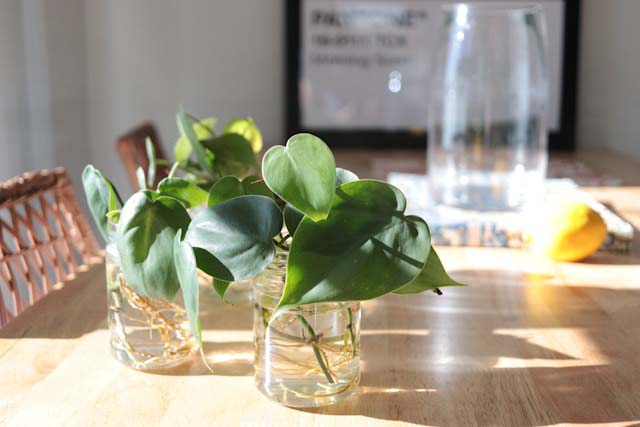
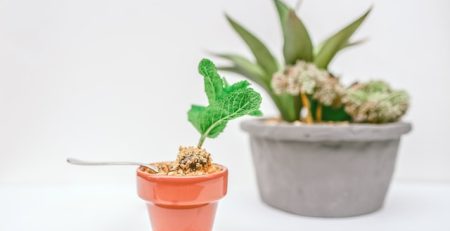

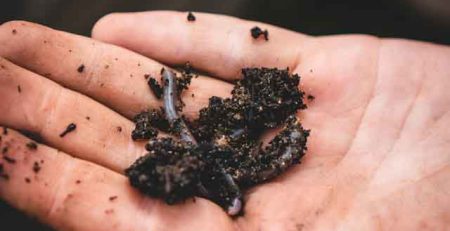


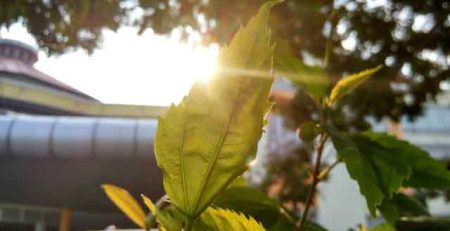
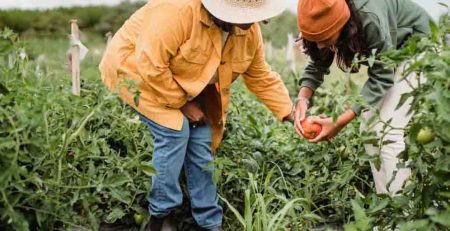
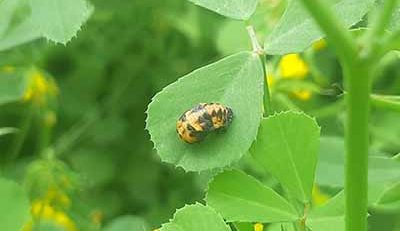
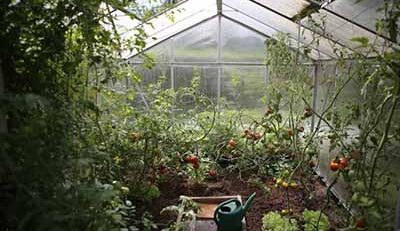
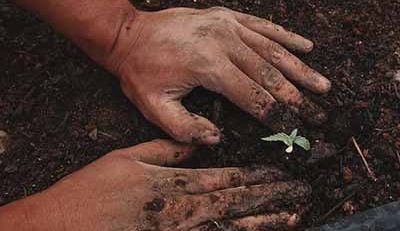
Leave a Reply